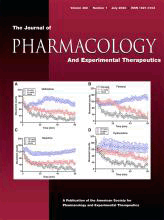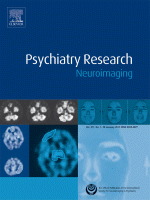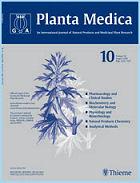
“Chronic use of cannabis can result in a syndrome of hyperemesis characterized by cyclical vomiting without any other identifiable causes. Cannabinoid hyperemesis syndrome (CHS) is seldom responsive to traditional antiemetic therapies. Despite frequent nausea and vomiting, patients may be reluctant to discontinue use of cannabis. We report a case of severe, refractory CHS with complete resolution of nausea and vomiting after treatment with haloperidol in the outpatient setting. After review of the literature, we believe this is the first reported successful outpatient treatment of CHS and suggests a potential treatment for refractory patients.”
“Haloperidol, marketed under the trade name Haldol among others, is a typical antipsychotic medication. Haloperidol is used in the treatment of schizophrenia, tics in Tourette syndrome, mania in bipolar disorder, nausea and vomiting, delirium, agitation, acutepsychosis, and hallucinations in alcohol withdrawal. It may be used by mouth, as an injection into a muscle, or intravenously.” https://en.wikipedia.org/wiki/Haloperidol
“Successful Treatment of Cannabinoid Hyperemesis Syndrome with Topical Capsaicin.” https://www.ncbi.nlm.nih.gov/pubmed/29379817
“Capsaicin (/kæpˈseɪ.ɪsɪn/ (INN); 8-methyl-N-vanillyl-6-nonenamide) is an active component of chili peppers, which are plants belonging to the genus Capsicum.” https://en.wikipedia.org/wiki/Capsaicin










